- Админтай холбогдох
- 99110103
- 90001603
- info@cekc.mn
Гаитчичууд Таро хөзрийг бодитоор харуулжээ
Таро хөзөр нь Өрнө дахинд маш ихээр түгсэн хөзөр юм. Энэ хөзрийг гол төлөв мэргэ төлөг тавихад ашигладаг.
Харин Гаити арал нь вуду мөргөлийн олон төрлийн бөө, зайрангаараа алдартай. Иймд тэдний дунд Таро хөзрийн мэргэ ч өргөн тархсан. Тэнд айлчилсан зурагчид Гаити арлын зураачидтай хамтран Таро хөзрийн зургийг бодит амьдрал дээр авахаар шийдсэн нь ийм болжээ.
- The Hermit stands alone with a lantern in his hand. He has attained his spiritual pinnacle and is ready to share his knowledge with others. He is committed to his goal of ultimate awareness. He carries a patriarch’s staff, a symbol of the narrow path of initiation and an emblem of power and authority. It represents the Hermit’s ability to use his isolation and the knowledge he has gained as a tool upon his path to reach even higher levels of awareness. The staff is in the Hermit’s left hand, the hand associated with the subconscious mind.
- The Nine of Swords shows a woman with her head in her hands, sitting up in her bed. She appears to have just woken up from a bad nightmare, and is obviously upset, fearful and anxious following her dream. Nine swords hang on the wall behind her.
- The Queen sits upon her throne. In her left hand are flowers, symbolising life, fertility, joy and satisfaction. In her right hand is a wand which is beginning to blossom with life. In these positive aspects, the Queen of Wands represents fidelity, warmth, and sustenance. However, at her feet is a black cat, a symbol of the darker, lesser known side of this Queen. Black cats are typically associated with magic and occultism. The cat expresses the independent nature of this Queen and her interest in occult powers and the energy of magic.
- The Six of Wands depicts a man wearing a victory wreath around his head, riding a white horse through a crowd of cheering people. The white horse represents strength, purity, and the success of an adventure, and the crowd of people demonstrates public recognition for the man’s achievements. The wand held by the rider also has a wreath tied to it, further emphasising success and achievement. He is not afraid to show off to others what he has accomplished in his life so far, and even better, the people around him cheer him along.
- The Star card shows a naked woman kneeling. The woman holds two containers of water. She pours the water out to nourish the earth and to continue the cycle of fertility. Behind her, shines one large star and several smaller stars, representing chakras. This represents a need to open your chakras and cleanse your aura. Notice all the stars have eight points. Eight is Strength, the quality needed to accept your faults and love yourself in spite of them.
- The Hanged Man shows a man suspended, upside-down. Given the serene expression on his face, it is believed he is hanging on the tree of his own will. Around the Hanged Man’s head is a bright yellow halo showing spiritual attainment, with the grey background suggesting invisibility. This is the card of ultimate surrender, of being suspended in time and of martyrdom and sacrifice to the greater good. This is the archetype to meditate on to help break old patterns of behaviour and bad habits that restrict you.
- The Five of Cups is a card that signifies difficulty, loss, and the challenges of dealing with that loss. The figure in the card wears a black cloak in which he hides his face in apparent despair. At his feet are five cups, three of which have fallen and spilled onto the ground and the other two behind his back remain standing. He does not seem to notice these upstanding cups because he is so focused on the fallen cups instead. Ahead of him water flows between himself and a home in the distance. Behind him is a path that can lead him to the security of the house across the water. Despite the fact that this card has a strong indication of loss and tribulation, there is a positive aspect that must be considered. Is your cup half full or half empty?


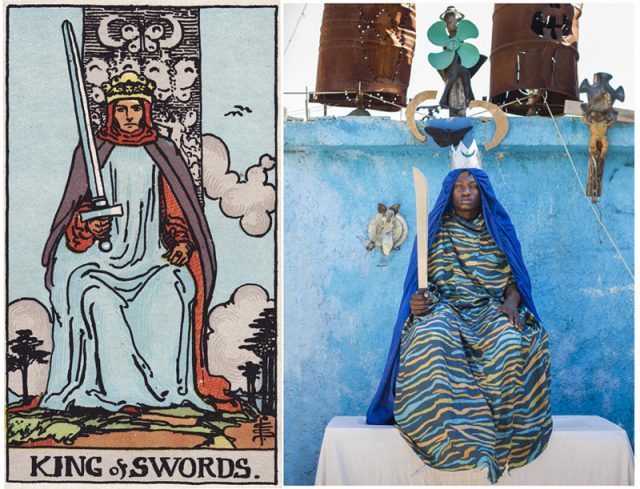






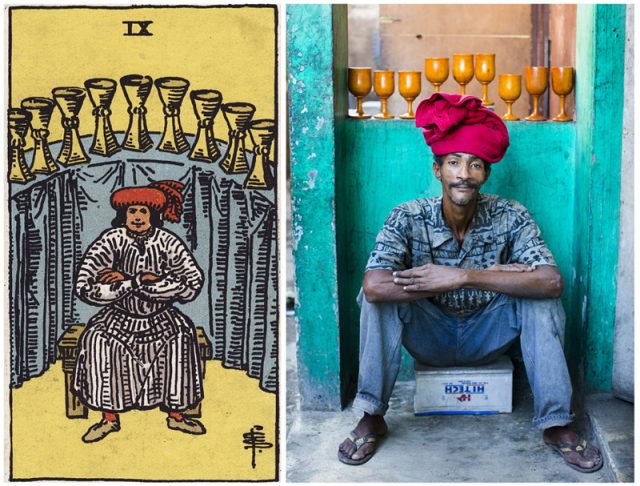








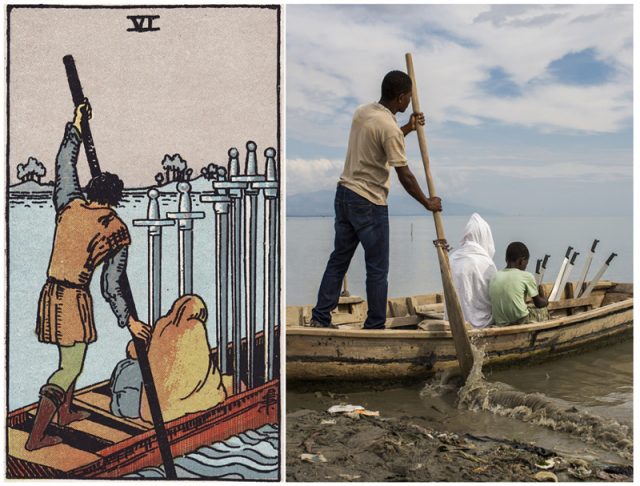


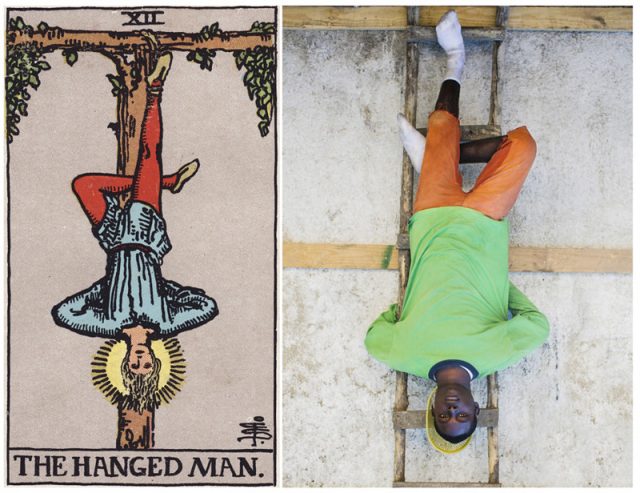


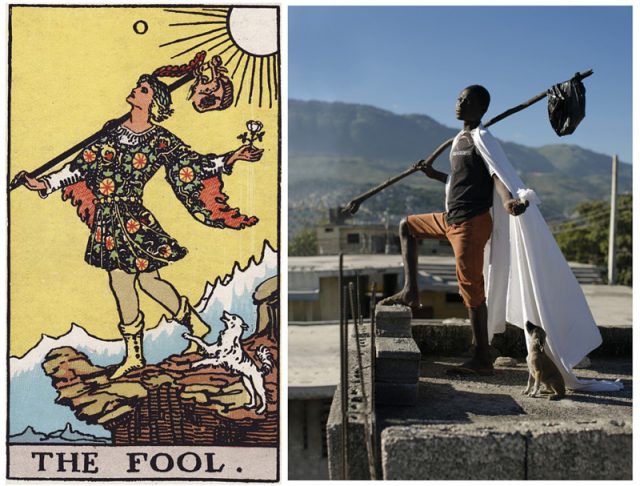



1 Comment
Funny